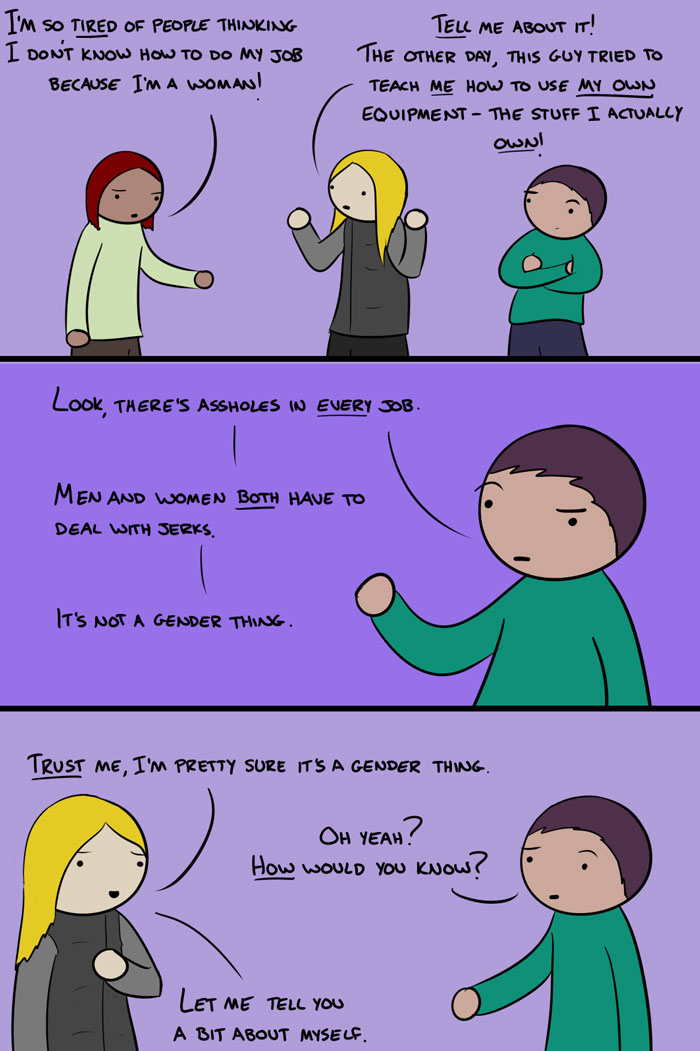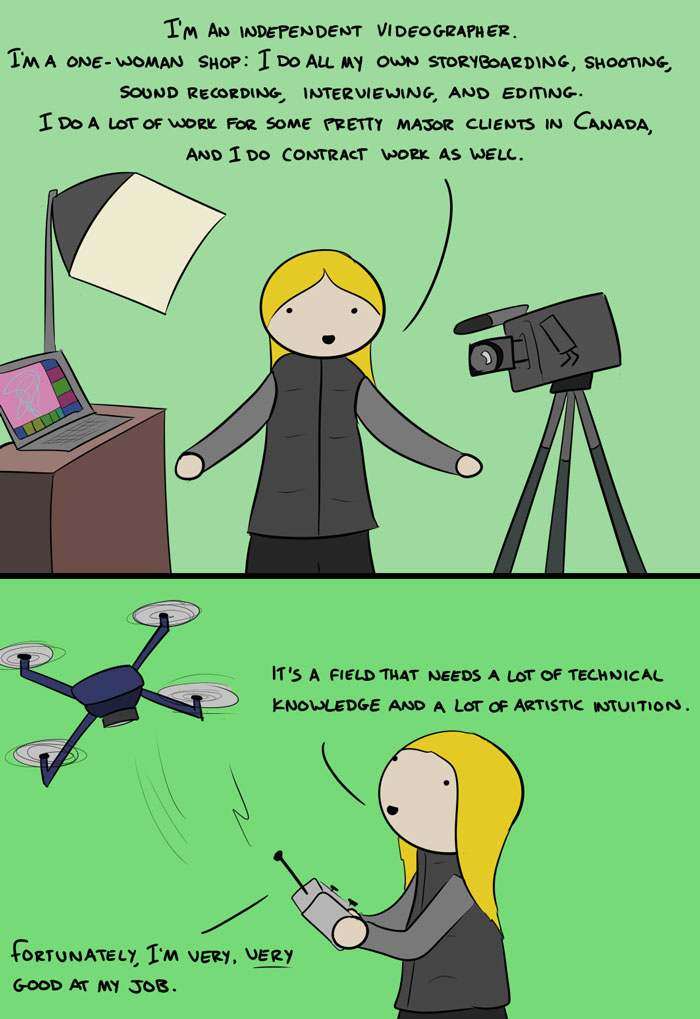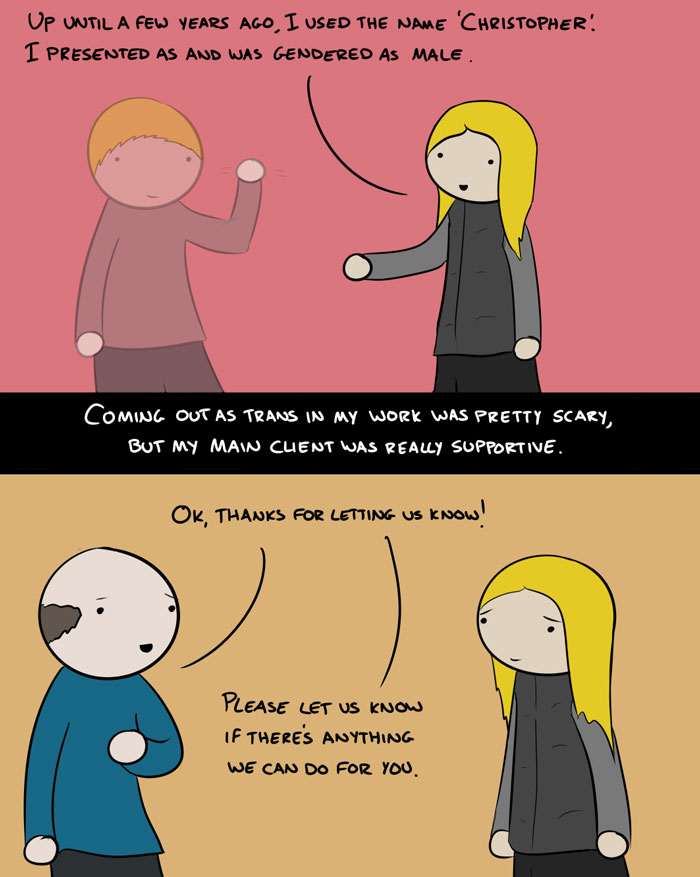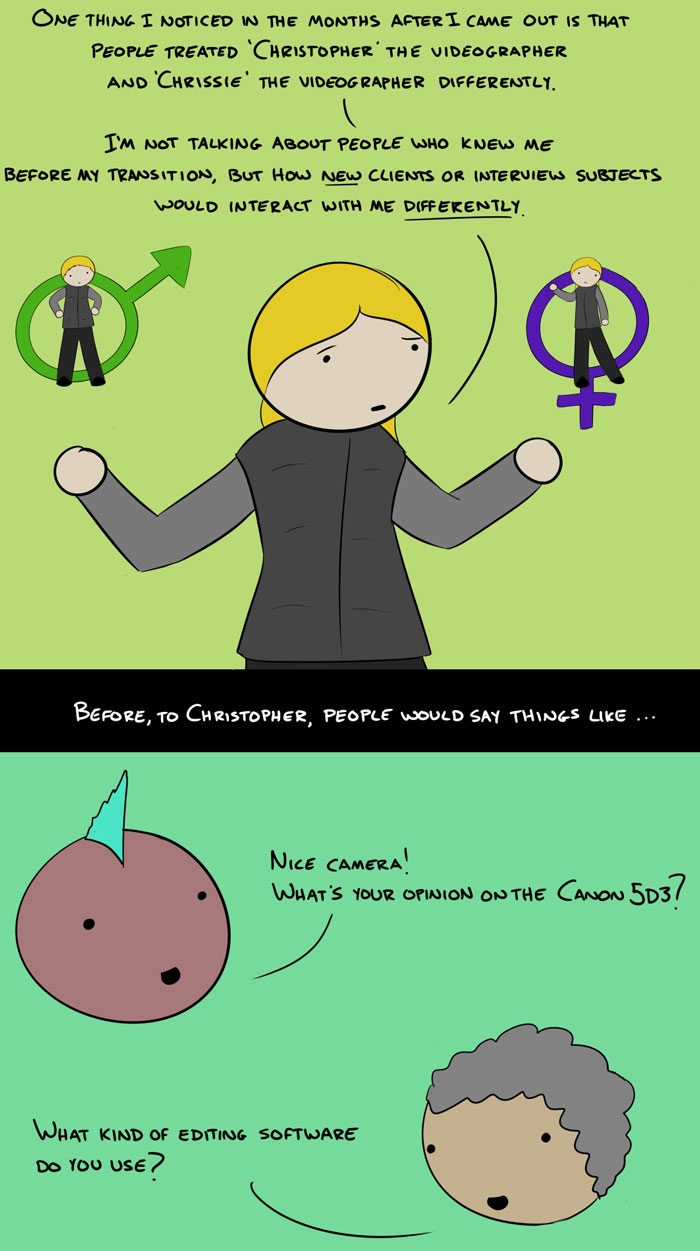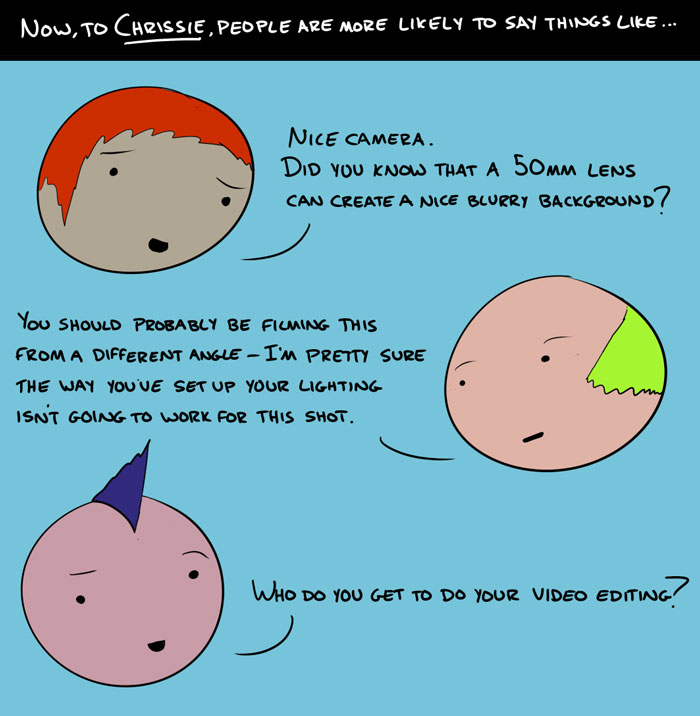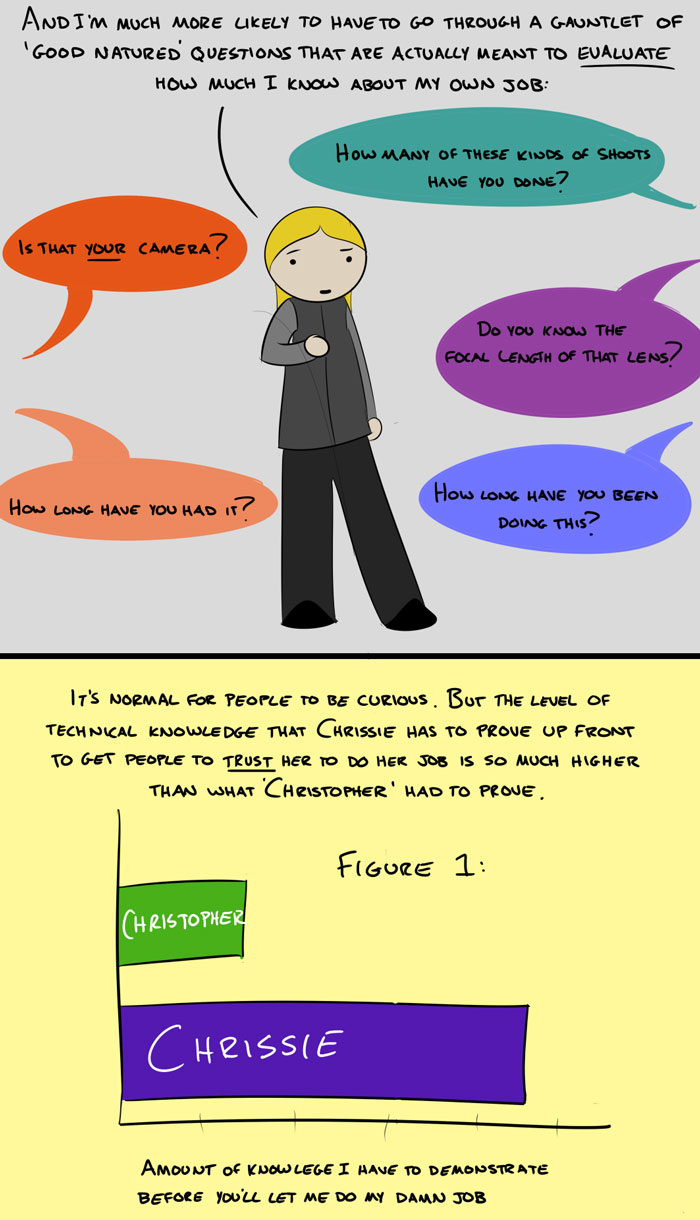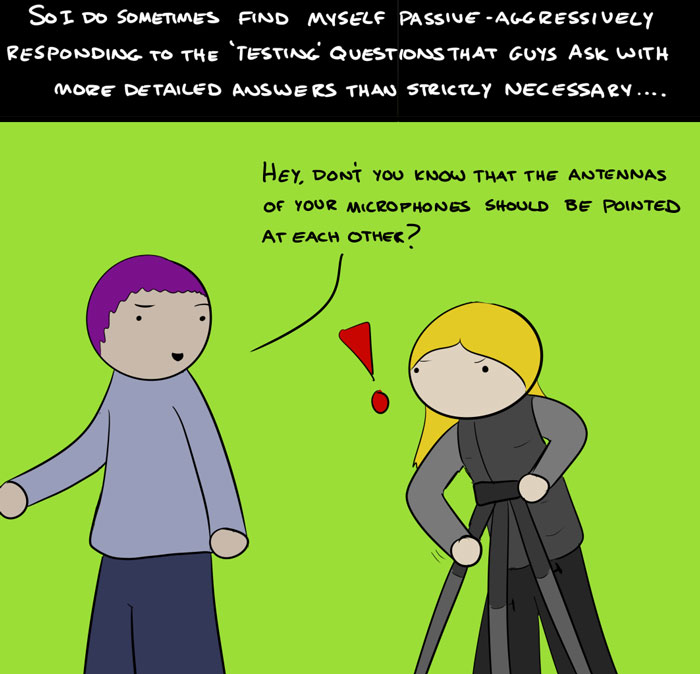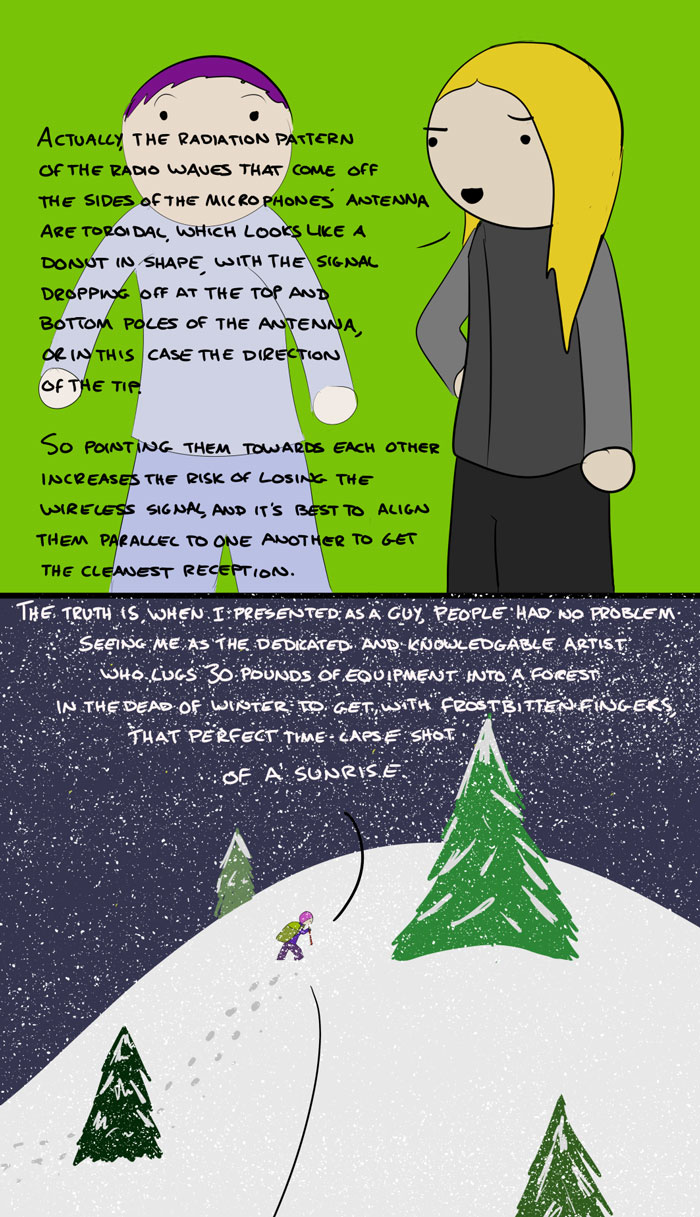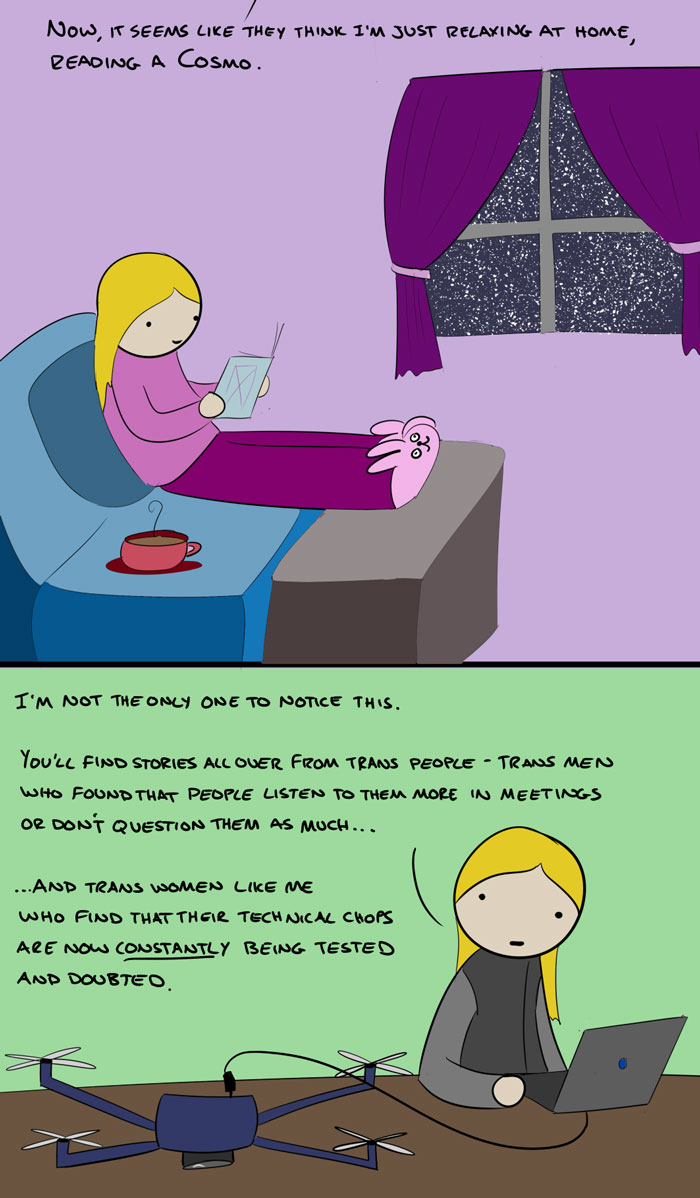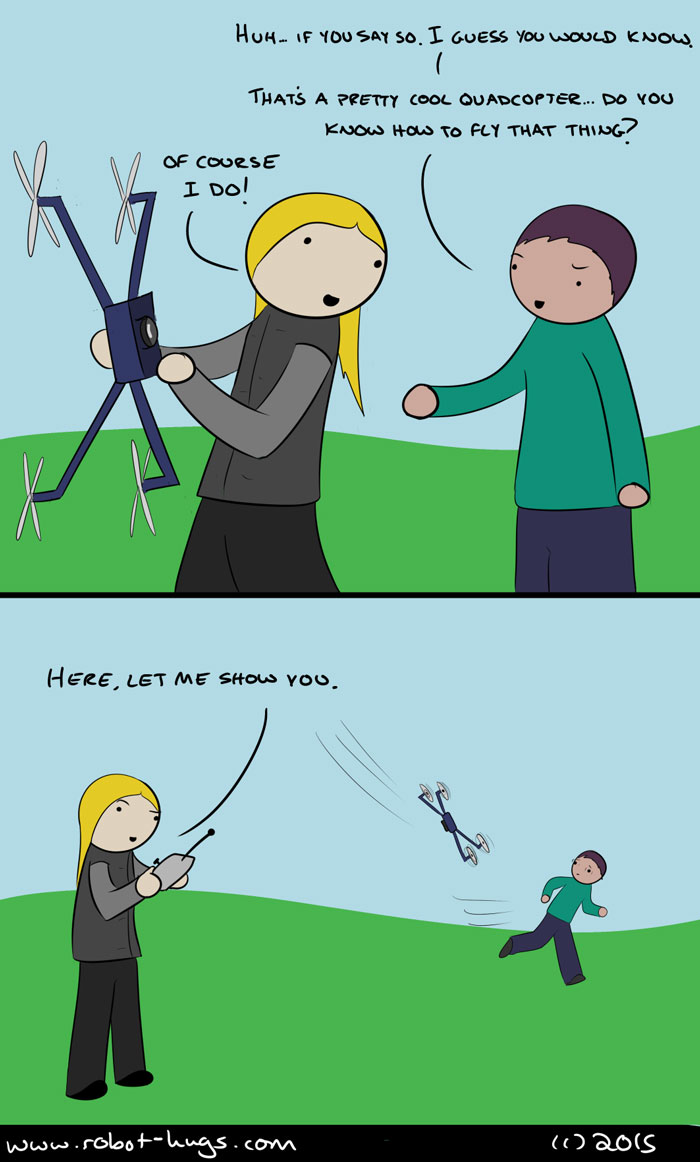Wharton management professor Ethan Mollick, recently spoke in an interview on the Knowledge@Wharton show about a study he co authored with Venkat Kuppuswamy that explores the impediments to entrepreneurial success faced by women.
The study looked at more than 90,0000 Kickstarter projects – 30% of which were created by women. Researchers focused on key questions including: how likely are you to start a second venture, and were men more overconfident than women, as opposed to being optimistic?
“In fact, overconfidence is the biggest psychological predictor of whether or not you’re going to become an entrepreneur.” say’s Wharton. “Having misplaced confidence in yourself and thinking you can win when other people always lose is a strong predictor of entrepreneurship. We call this kind of overconfidence classic, Greek-style hubris — the idea of unfounded self-confidence.”
The study defined optimistic as the entrepreneur who would launch another project because the had missed their fundraising target. Comparatively, Overconfident defined those who decided to try again despite missing their first target.
On average, the results showed that women were less likely to launch another project regardless of whether their first attempt had succeeded or failed. They were also more dissuaded by big failures. These finding led researchers to believe that women had lower levels of overconfidence, and higher levels of humility.
The study concluded that men and women perceive failure and success differently. Women see failure as a sign that they are not cut out for entrepreneurship, Men see it as a stumbling block that they can overcome if they try again. Women tend to view success as sheer luck, where men will see it a s a testament to their natural skills and hard work, despite if they have previously failed or not.
“We found that — in our sample, at least — if women were as immodest and as unhumble as men, and as overconfident, there would have been 30%, roughly — about 28% — more female founding attempts in our sample,” Mollick says. “That was a huge number of people being discouraged by this psychological characteristic. It explained a lot of the gap in the founding rates between women and men in our sample.”
Mollick noted that this type of mentality hurts women as a group. Individually it saves them from not buying into doomed ventures, but with fewer women buying into the idea of the entrepreneurial “lottery ticket” you have fewer “lottery winners” as women, which means fewer role models for women entrepreneurs.
Mollick brings up the the issue of homily and the principle of “birds of a feather flock together.” The Boy’s Club is a network that has been in place for 10 – 20 years and people tend to like people like themselves. VC’s tend to be mostly male; they have friend networks that are mostly male. This results in a strong network of men who talk to each other, which can make it much more difficult for a woman to get access to the right kind of people when launching an enterprise.
�This was most likely chivalric venture capitalist Sir Michael Moritz’s issue. It’s not a question of how hard you look, but what you can actually do to help support the representation and promotion of women in areas where they face the most disadvantage.
Mollick explains one experiment where researchers took a successful Kickstarter project and we created two exact versions of that project. The only difference was between the two creators — in one case, it was created by Jessica Smith, in the other case, it was created by Michael Smith. Everything from clothing, to presentation style, to natural good looks was on the same level.
Researchers wanted to figure out whether the project being created by a man or a woman made a difference, so they asked participants to judge where project quality was better.
Mollick explains their findings:
“We found out that men didn’t care whether a project was created by a man or a woman. There was no significant impact. At least in this case, it didn’t seem to move the needle. With women, it turned out to be really interesting. Two-thirds of women actually thought the project created by the man was better than the project created by the woman.
[However], we took a bunch of measures, and we realized about one-third of the women in the sample were what we called “activists.”
These were women who knew that women were underrepresented in technology. They felt that women suffered from discrimination in this field, and they thought it was important to try and fix that. They thought either the government should help or they should help or it was important to try and change this. Those women were much more likely to [fund] a project created by a woman.
So all of the success that we found — the reasons why women were doing better than men [on Kickstarter] — came from a small group of women who were helping to support other women in areas where there was the most disadvantage for them.”
So the answer to the mystery of where are the women does not lie in how do you increase the numbers of women entrepreneurs and having more participate. Instead, for real change to happen, it comes down to how involved you are willing to get in actively making change happen.
For more information on Hubris and Humility: Gender Differences in Serial Founding Rates, listen to the podcast interview on the Knowledge@Wharton show on Wharton Business.







